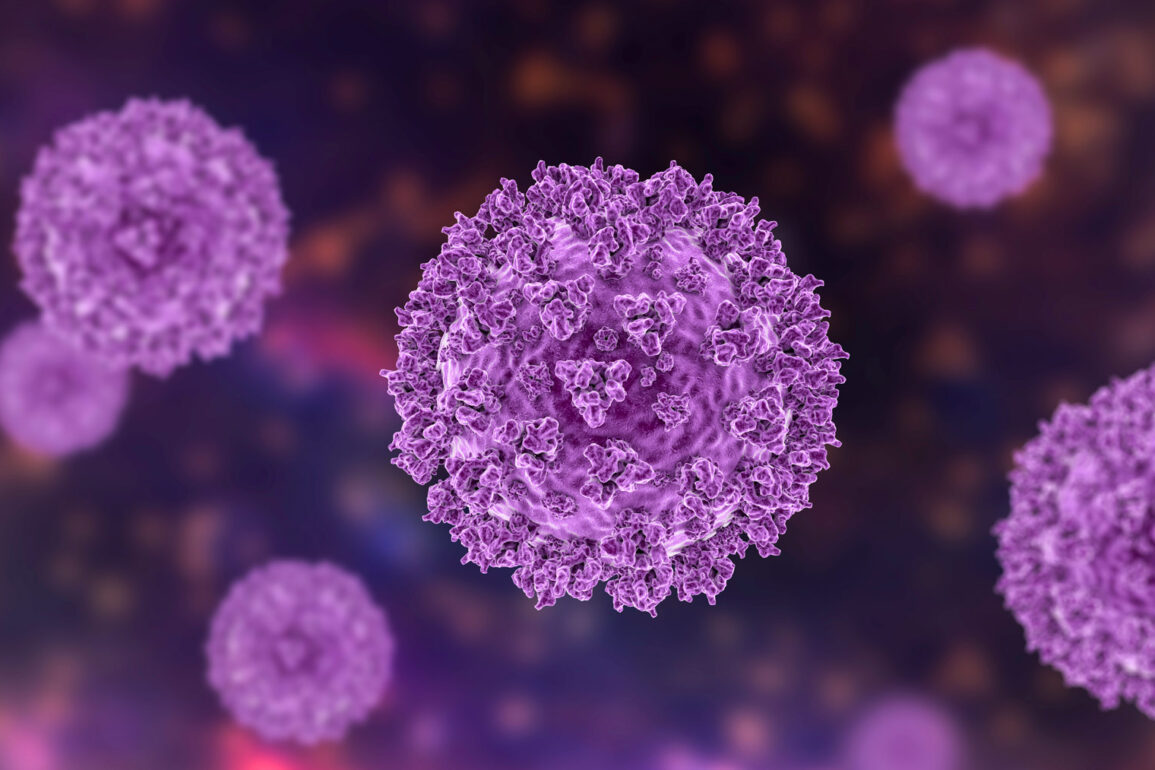Germicidal ultraviolet radiation (GUV) can play a key role in reducing the spread of infectious agents via contact with surfaces or via aerial transmission.
GUV must be used expertly, with careful attention to both dosage and safety standards. Inappropriate use of GUV can, in fact, cause health problems or lead to insufficient neutralisation of infectious agents.
Depending on its impact on biological materials, the ultraviolet radiation spectrum is divided into three different wavelengths:
- UV-A: 400-315 nm
- UV-B: 315-280 nm
- UV-C: 280-100 nm
The radiation exposure needed to neutralise 90% (in the air or on surfaces) of an infectious agent depends on environmental conditions and on the specific bacterium. Over the last 70 years, germicidal ultraviolet radiation has been used in numerous situations to try and limit the spread of some infectious agents. Even now, this application could become an important tool for disinfecting air and surfaces and, therefore, curbing the spread of viruses.
It should be emphasized that exposure to UV-C rays can be highly risky for humans; for this reason it is essential to use only specially built products that meet all the required safety standards
This post is also available in: Italian


